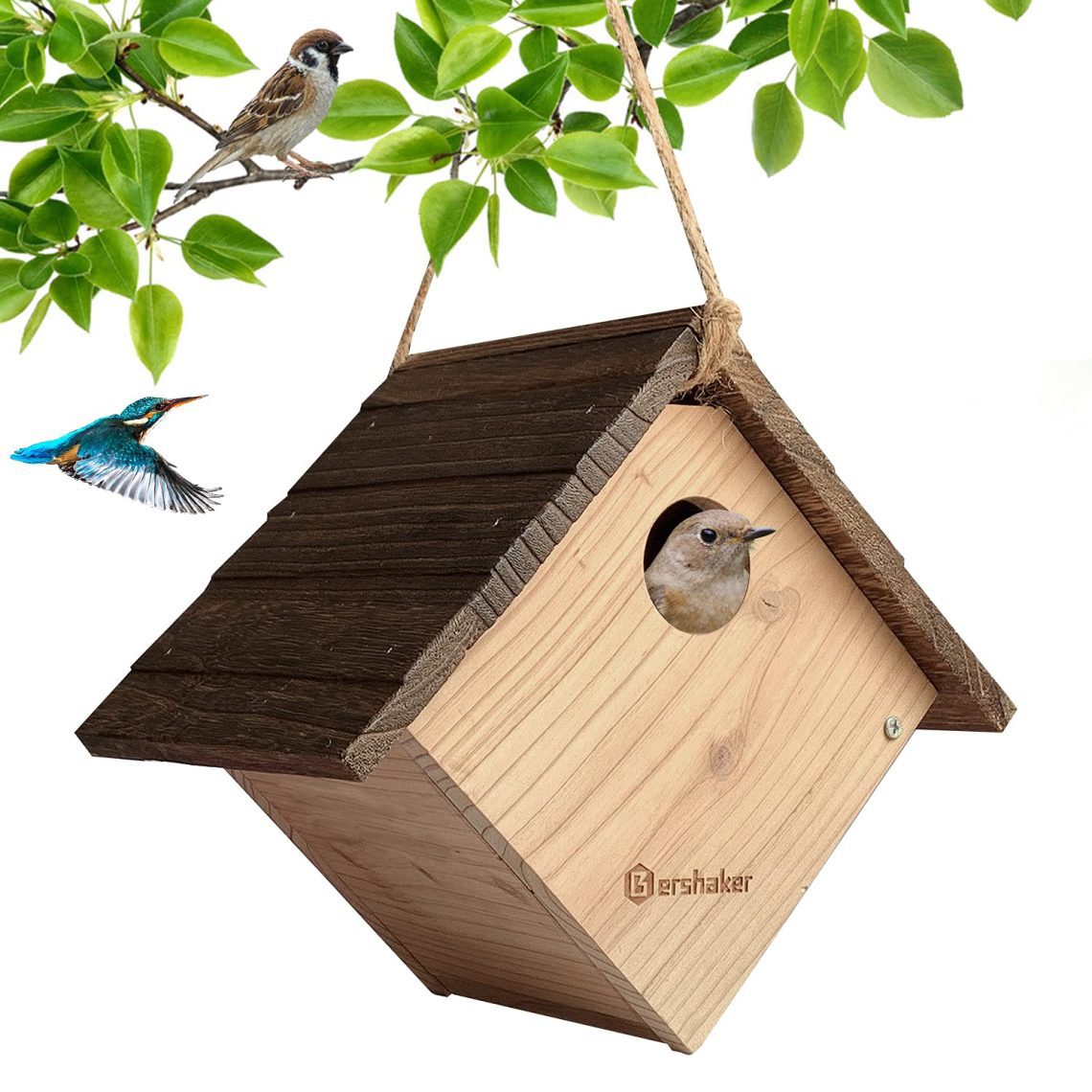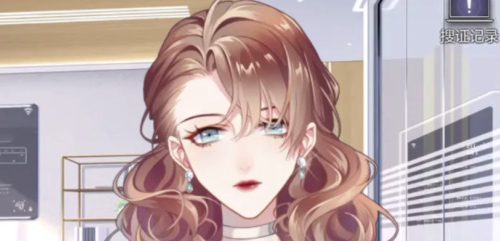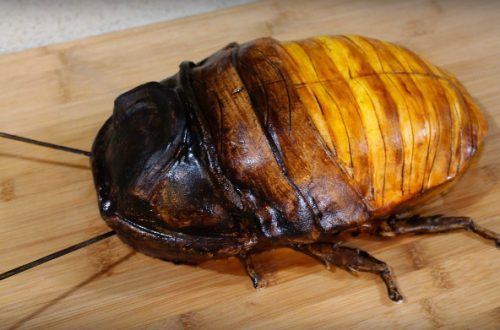
Building a nest for budgerigars: the choice of materials, sizes, notches, ventilation and disinfection
What can you compare the joy that gives communication with your favorite pets? In what, even the most hardened heart, does not a thaw come when a little friend, who knows no lies and self-interest, demonstrates devoted love in all possible ways that he is capable of? House-trained birds are no exception, the most popular of which are cute, bright and very sociable budgerigars.
Contents
How to choose budgerigars for mating?
Often, caring owners, trying to please a feathered pet, pick up a couple for him and immediately begin to dream of healthy offspring in the near future. Of course, the goal is real, but some effort is needed to achieve it.
- Do not rush things and for a start it is better to watch the matched couple. If budgerigars strive to be constantly near, pinching each other’s feathers, cooing and kissing, there is no doubt that they are in love. If it is noticeable that the birds indifferently tolerate each other or constantly quarrel, then it is better to try to find another partner. There is an opinion that sympathy often occurs in budgerigars that have the same plumage color or similar shades. For example, green and light green parrots will converge more easilythan green and blue.
- It is not recommended to select a closely related pair of parrots, since as a result of such crossing, there is a high probability of the appearance of chicks with congenital defects, with developmental delays or their death in the egg.
- It must be remembered that budgerigars at least one year old are ready for breeding. An insufficiently strong young female may die, not having enough strength to lay an egg. Under favorable conditions, they are able to produce offspring up to the age of 8-9 years.
- Budgerigars are able to breed all year round, but it is better to give them this opportunity in summer and early autumn, when the daylight hours are long enough, and the immunity of birds is strengthened with natural vitamins.
The main stimulus that encourages budgerigars to breed is a convenient nestwhich must be liked by the female. Living in the wild, couples make nests in hollow trees. For poultry, special houses are built, similar to birdhouses, trying to take into account as much as possible the features of nesting budgerigars in natural conditions.
Building a house for wavy parrots
Materials
Before choosing the material from which it is supposed to build a house that is comfortable enough for a couple of budgerigars, it will not be superfluous to carefully familiarize yourself with the features of the options offered. Most popular use of plywood, sometimes used chipboard.
Both materials contain chemical resins and adhesives harmful to any living organisms. If in plywood the release of harmful fumes goes along the ends of the material, then in chipboard – over the entire surface. Of course, it is a pity to subject delicate defenseless newborn chicks to severe chemical attacks, therefore it is advisable to put the chipboard aside.
It is best to find several thin wooden boards, you can use lining, of course, not treated with foam or other paints and varnishes. If there is a choice, then it is better to give preference to deciduous trees. Shops offer plastic houses. This option is also possible, but not so comfortable. Do not forget that animals and birds, including domestic ones, feel much more acutely than a person what is useful for them and what is not.
Nest dimensions
The size of the nest for budgerigars depends on where it is planned to be placed – inside the cage or outside, on the parameters of the cage and its location.
In this regard, three design options are usually offered:
- vertical – with an area of 20 x 20 cm, a height of 25 cm;
- horizontal – with an area of 25 x 20 cm, a height of 15 cm;
- compromise – an area of 22 x 20 cm, a height of 20 cm.
The expectant mother will gladly agree to any of these options, but the first two have some inconvenience: flying into a vertical house, the female parrot is in tight quarters can damage the masonry with an awkward movement, and because of the insufficient height of the horizontal – the chicks try to jump out ahead of schedule. The best option is a compromise, quite spacious and high.
Letok
One of the most important elements of a nest for budgerigars is a notch – a round hole with a diameter of 4,5 cm, usually located closer to the upper corner of the facade panel, at a distance of 3 cm from the top cover and 3 cm from the side rib. a little a small perch is attached below the notch, indispensable for the convenience of the female entering the house. The length of the perch on the outside should be 10 cm, the inside of the perch should be 1,5 cm, so that the bird can carefully descend onto the masonry. Only if the house is low, then a perch inside should not be arranged. In any case, it is good to attach a small plank to the floor under the entrance, which, as a step, will help the bird to get into the nest neatly and deftly.
Mat
Д
but the house is best covered with a three-centimeter layer of fresh small shavings, preferably hardwood, softwood shavings can release resins that, once on the egg, can stick to something and be damaged. For disinfection, it does not hurt to add a little dried medicinal chamomile to it. It’s good to carve a small depression in the floor, so that the eggs do not roll all over the floor and the female could easily warm them all, because there are up to 10 of them in a clutch of a budgerigar.
Ventilation
The growing young generation, of course, needs an influx of fresh air, for which two or three holes with a diameter of 8-10 mm can be drilled in the upper part.
Cap
The lid of the house should be hinged or removable so that you can look inside from time to time and, if necessary, clean it.
disinfection
Before installing the finished nesting house, it should scald whole with boiling water with disinfectantsthen rinse again with boiling water and dry thoroughly.
And so, when the crucial moment came: the proposed nesting house was rigorously tested by a couple in love and the happy female began her important and responsible business of continuing her offspring, it remains only to provide her with good nutrition. Together with grain feed, it is necessary to regularly give a boiled egg, vegetables, fruits, herbs, and also a mineral feed with a high calcium content.
And very soon, a bright cheerful company of young parrots, leaving a cozy nest, will please their loving parents and, of course, caring owners.





